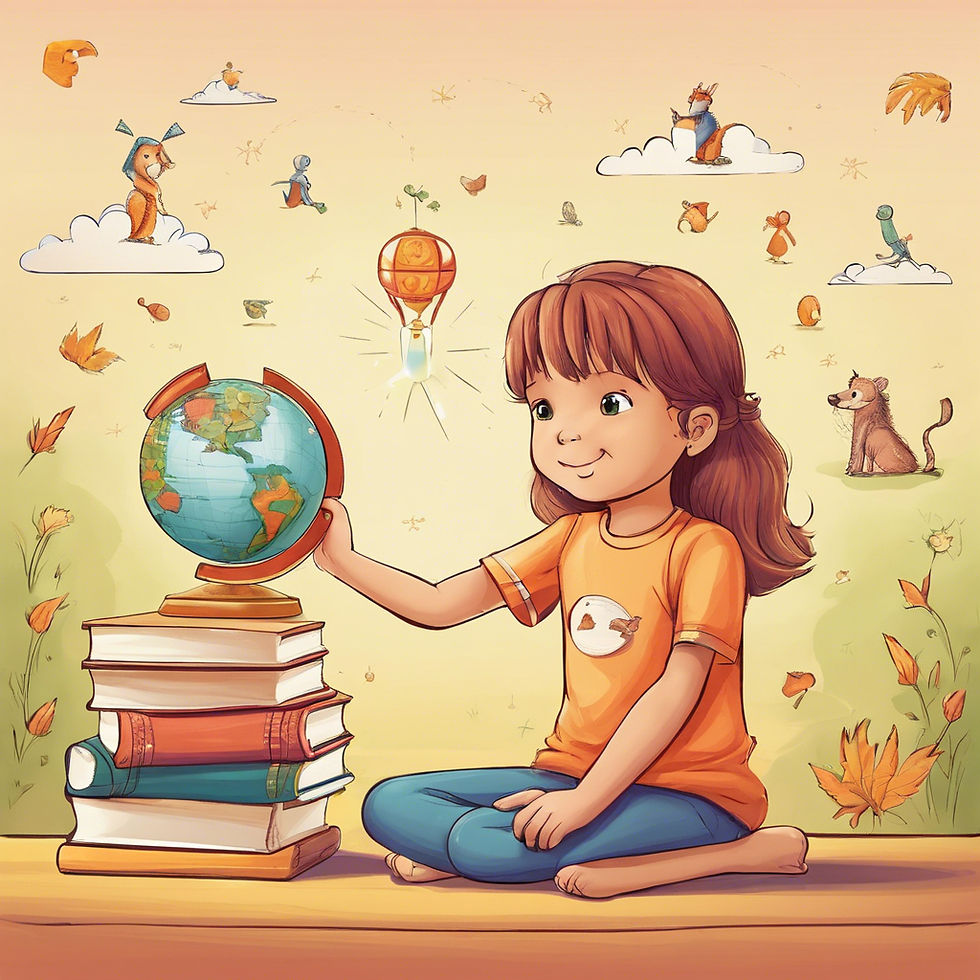The Silks Roads Summary and Guide - Chapter 1 - The Creation of the Silk Road - Pages 17-27
- James Teacher

- Feb 24, 2024
- 3 min read
Exorbitant silk 💸👗
Chinese silk was flowing and gorgeous, so naturally, every rich person in Rome wanted some. This great city was full of people with more money than sense 💰🏛️. Leaders like Cenna thought silk was just awful. It was too delightful and women should NOT look so beautiful. Men often thought it was immoral and also exorbitant (cha-ching 💸). The capital spilling out of Rome for goods like silk led to economic and urban development all along the burgeoning Silk Roads 🛣️🌏. Villages became towns and towns became cities 🏘️🏠🏢. Local economies blossomed 🌼 and new landmarks sprang up. Rome was the buyer 🇮🇹 and China/The East the vendor 🇨🇳, but the middle or bridge was the …Middle East and Persia 🌉🔁. Moving these goods from East to West created the first global supply and demand economy 🌍💹. However, consider things in your country bought from another country. How do people feel about it? Immigration of people and importation of goods aren’t always popular? “What about our potatoes???” cried the Roman farmers 🥔😢. Potatoes weren’t brought to Europe until the sixteenth century, you buffoons! 🤦♂️🕰️
Rome conquers all and teeters 🏛️💥 Rome thought this trading business was all well and go…goo…grand, but what’s better than trading partners? Stealing everything for yourself, of course! Why trade when you can just take it! Rome fixed its gaze on Persia and burned through money 💸 to conquer Babylon and major cities. Emperor Valerian got caught in his attempts at conquest and…got turned into a footstool by the Persian Emperor and then erm…stuffed! Let’s move on 🚶♂️. The folly of conquest is that when you mess things up terribly, you REALLY mess things up. Wars cost money 💰 and the money must come from the proceeds of war or the tax people pay at home. The growth of Rome galvanised Persia. Grown rich from letting trade flow through its lands, the new leaders of Persia, the Sassannians in 220 A.D/C.E centralised power 🔱 in its central government. The Persians invested in huge infrastructure projects like mass irrigation 💧 to provide more food, like potatoes (*Potatoes weren’t brought to the Middle East until some guys from Europe got some in the sixteenth century, you nincompoop!) 🥔, and bring down food prices, making it a more forceful and more intractable (difficult, dudes) adversary for Rome 🤺🛡️.
When you succeed, you incite greed 💰✨
What a rhyming couplet! Brilliant. Bravo whoever wrote this book 📖👏. Everyone wanted what Rome had and any system that grows so large becomes stretched and taut. Gaps appear like the Guinness World Record Largest Bubblegum Bubble Ever Recorded 🎈. Soon, it splits and gum gets on your face and hair and toenails and dog and dad and dodgy dodo 🤦♂️🐶🦤. Tax revenue within Roman lands dwindled and costs rose as its armies battled on ⚔️💸. Everything comes down to having enough to pay for what you need. If you don’t, you must borrow or cut corners, and both are doomed to failure 😬💔. Rome itself was far away from where the juicy stuff was - the East 🌏👀. Emperor Constantine did the sensible thing when your empire is losing money, he built a city called Constantinople in the 4th century (what a big-headed thing to do) full of lavish, breathtakingly beautiful architecture, and expensive opulence 🏛️💎. It was the bridge between Europe and Asia. A bridge over the world to connect the East and the West 🌉✈️. Fly my dodos, fly! 🦤💨 Key vocabulary:
Exorbitant | Adjective | Overly expensive |
Infrastructure | Noun | Roads and important things like irrigation, pipes etc.. |
Fleeting | Adjective | Brief |
Grandiose | Adjective | Impressive |
Eulogise | Verb | To remember |
Successive | Adjective | The next and the next and the next |
Expenditure | Noun | Money spent on things needed |
Folly | Noun | Foolishness |
Galvanise | Verb | To spur and jolt someone to move or act |
Centralise | Verb | To make decisions in one place, not many |
Further study:



Comments